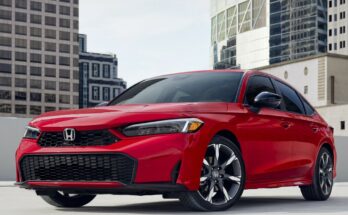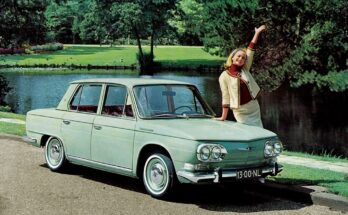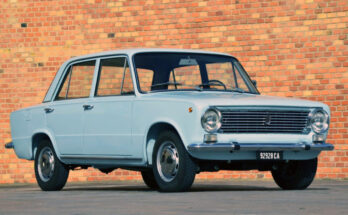By the 1990s, Japan had already developed some wonderful performance vehicles, but no one expected that the country of the rising sun would manufacture a supercar that could compete with brands like Ferrari, Lamborghini, and Porsche.
Honda’s NSX was initially intended as an experiment, but it evolved into much more and even served as an inspiration for iconic vehicles like the McLaren F1. The NSX was destined for success because of a mix of a classic, graceful design by renowned design firm Pininfarina, Honda’s own superior engine technology development team, and the assistance of Formula One great Ayrton Senna. The world’s perception of the Japanese auto industry was completely changed by this vehicle, which also compelled the Europeans to step up their game.
The NSX Development History
In 1984, Honda made the decision to develop a concept that may represent a future sports car, and that is where the NSX got its start. The HP-X (Honda Pininfarina eXperimental) concept was developed by Honda with Pininfarina’s assistance. A 2.0L V6 engine was present in the initial concept. Pininfarina was already famous for some of its creations, such as the Alfa Romeo Spider, Ferrari Testarossa, and even the powerful Ferrari F40.
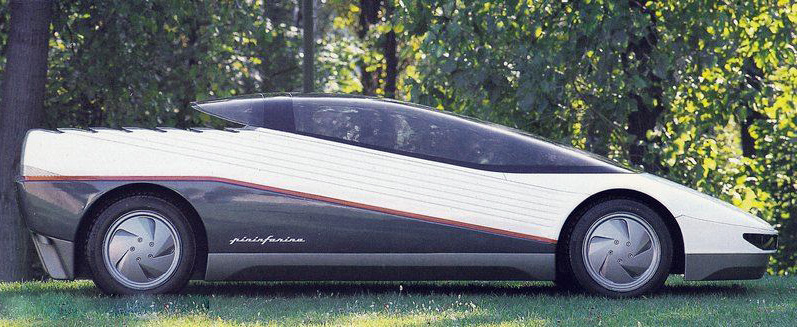
Honda wanted to build an automobile that could perform as well as or better than the Ferrari 328 and eventually the Ferrari 348. In addition to having impressive performance, the automobile was also intended to be enjoyable, uncomplicated, and even useful—a far cry from the majority of supercars at the time.
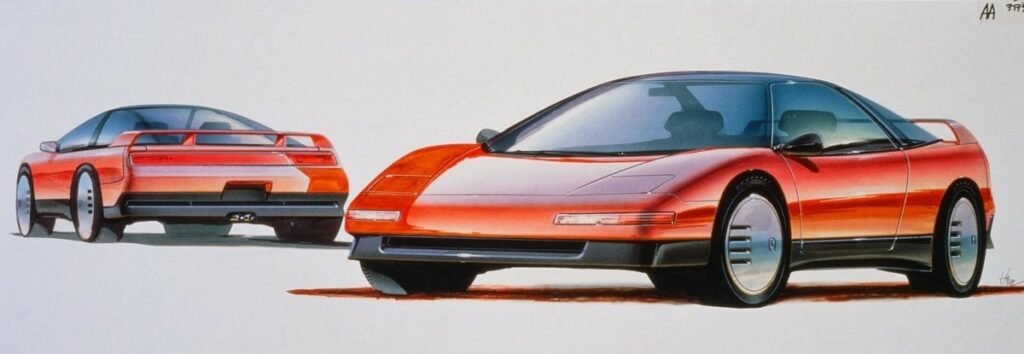
The NS-X, (New, Sportscar, eXperimental) was where the idea finally took shape. For the NS-X, Honda chose to use the 2.7L single overhead camshaft V6 engine from the Honda Legend; however, following testing, it was decided that an entirely new unit, the 270hp 3.0L V6 engine, would be developed.
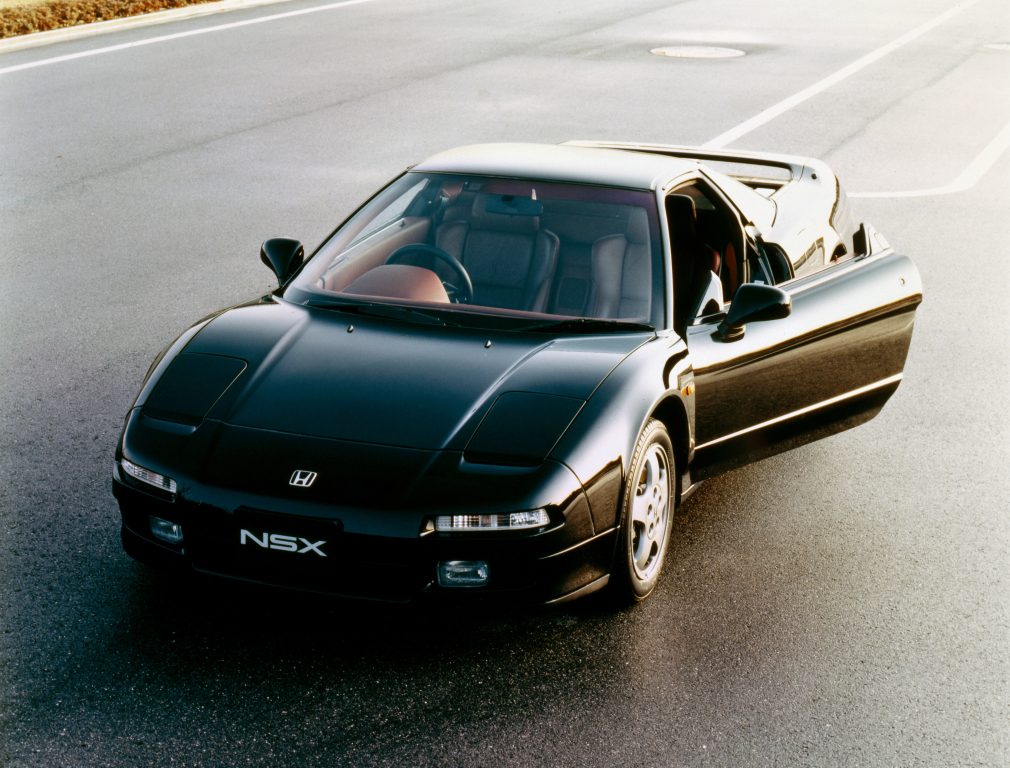
A group led by Chief Designer Masahito Nakano and Executive Chief Engineer Shigeru Uehara developed the NSX. Its cockpit, which was placed far front on the body to improve sight, was modeled after the F-16 fighter jet. The NSX’s extended tail design improved directional stability at high speeds.
Legendary Formula One driver Ayrton Senna taking the Honda NSX for a spin
Honda’s motorsport team, as well as Formula One driver Ayrton Senna, were significantly involved in the NS-X project. After preliminary testing at the Suzuka circuit in Japan, Senna persuaded Honda to strengthen the NS-X’s chassis. Senna assisted in fine-tuning the NS-X’s suspension and handling while testing the vehicle at a variety of other tracks, including the renowned Nurburgring. It was also extensively tested at the Tochigi Proving Grounds, the Suzuka circuit, HPCC, and Honda’s newest test track in Takasu, Hokkaido.
Honda NSX Debuts
Honda debuted the NSX (renamed from NS-X) at the Chicago Motor Show in 1989, then a few months later at the Tokyo Motor Show. It began selling in Japan and Hong Kong in 1990 and was sold in November of that year under Honda’s upscale Acura brand as Acura NSX in the North American markets.
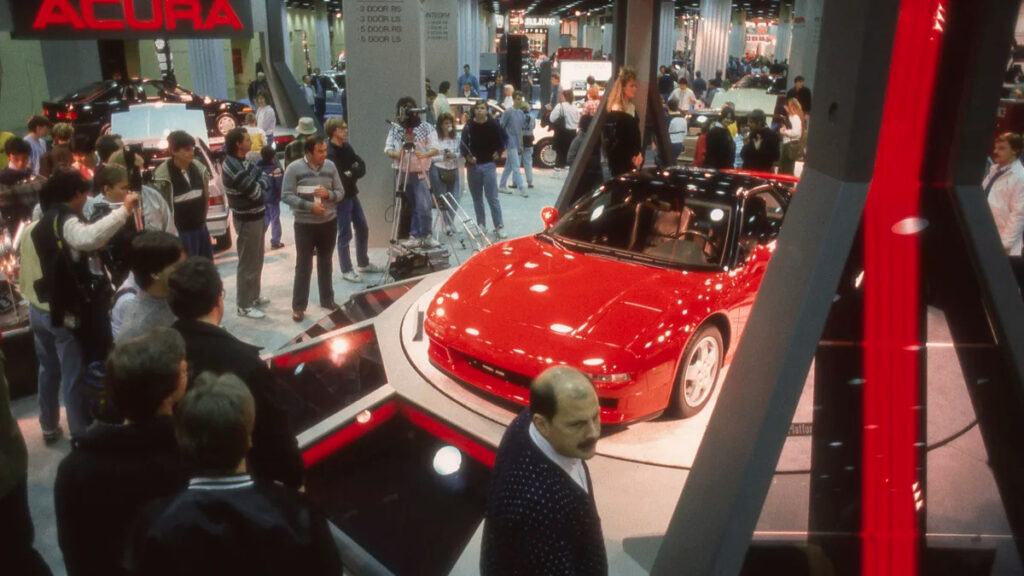
The Honda NSX was the first mass-produced vehicle with an all-aluminum body, a frame, and suspension made of the ground-breaking extruded aluminum alloy. With the aluminum suspension alone saving 20kg, Honda was able to reduce weight by roughly 200kg when compared to a similar steel body. The first electronic throttle control to be fitted to a Honda would be installed in 1995. Other innovations included an independent, 4-channel anti-lock brake system, an electric power steering system, titanium connecting rods in the engine for high-rpm performance up to 8,300rpm, and Honda’s legendary VTEC system.
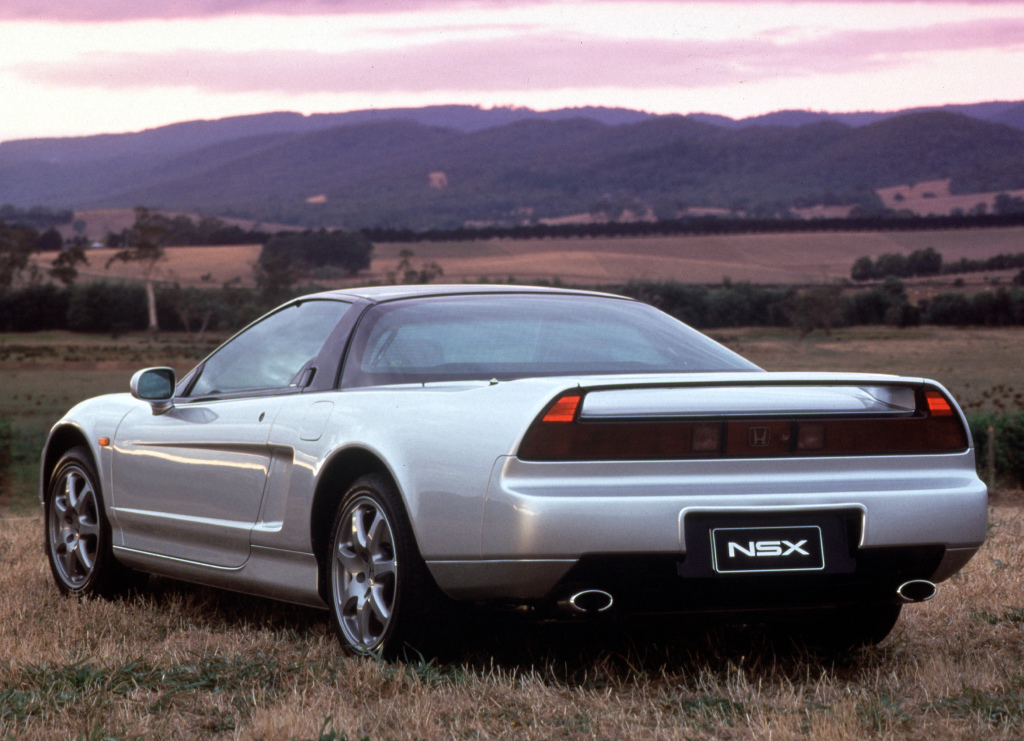
From 1989 until the beginning of 2004, Honda’s Takanezawa R&D Plant in Tochigi served as the NSX assembly location. Thereafter, it was moved to the Suzuka Plant for the remainder of its manufacturing life. A minimum of 10 years of experience was required for each of the 200 of Honda’s most talented workers who were tasked with producing the NSX production cars.
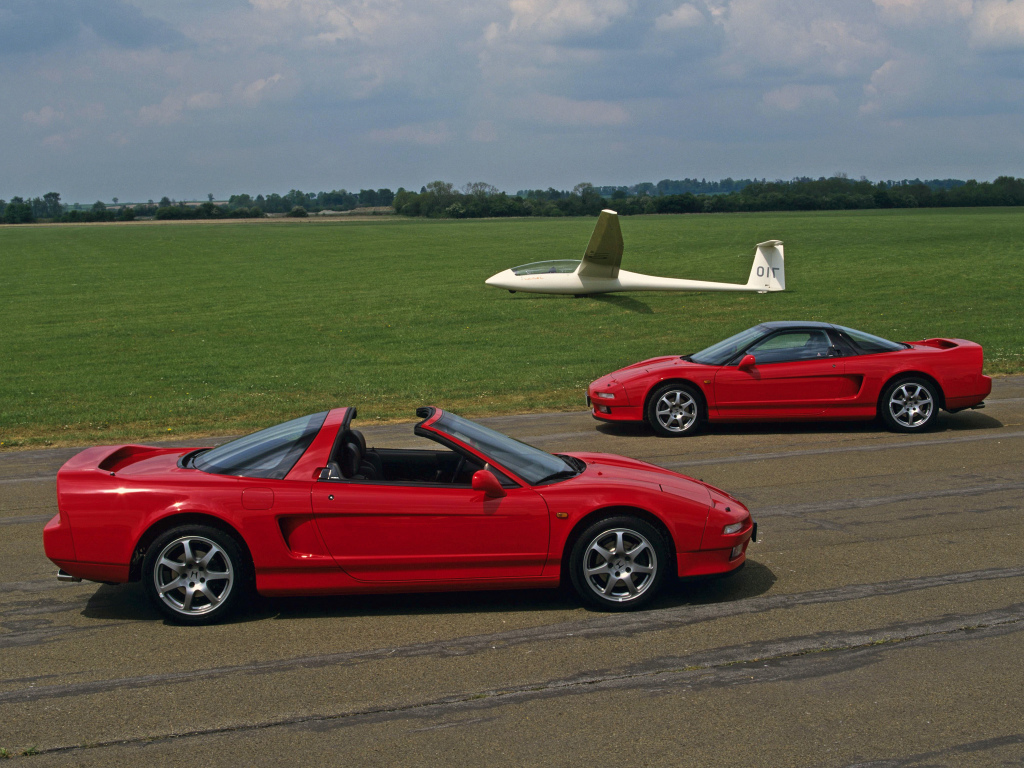
However, Honda would not be just content with the lone NSX; throughout the model’s lifespan, the Japanese carmaker released a number of iterations to appeal to a wider range of thrill-seeking customers.
Honda NSX-R NA1 (1992 to 1995)
Honda’s pursuit of creating the ideal supercar didn’t end with the basic NSX. Honda’s engineers had to give up a few things in order to balance performance and practicality, even though the NSX was always designed to be among the best. With the NSX-R, the NSX crew wanted to take things a step further. With an even lighter body and a modified engine, this was created to be a no-compromise, performance-oriented version of the NSX.
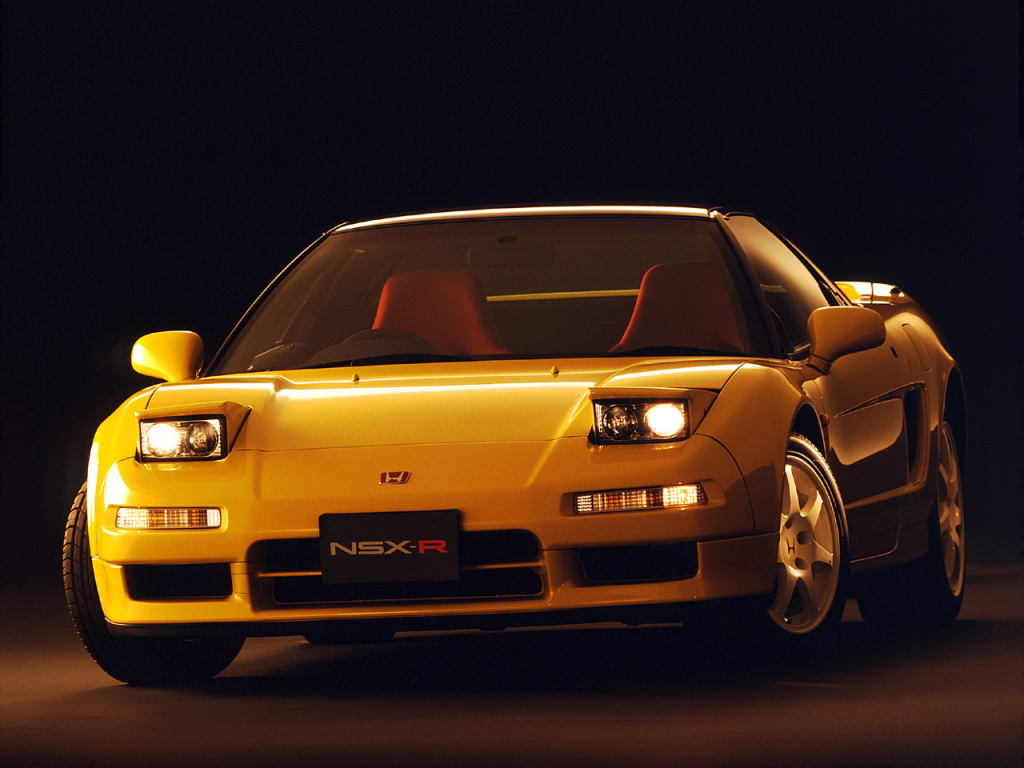
The NSX was put on a diet and had any extra weight taken off. In addition to some of the electrical components, sound deadening, the audio system, spare tire, air conditioning system, and traction control were taken out. Recaro produced lightweight carbon-kevlar racing seats for Honda to replace the power leather seats. Even the leather shift knob was changed with a titanium one by Honda, which also swapped out the factory alloy wheels for lighter Enkei-produced forged aluminum ones. Overall, the NSX-R weighed 1,240kg, which is 120kg less than the regular NSX.
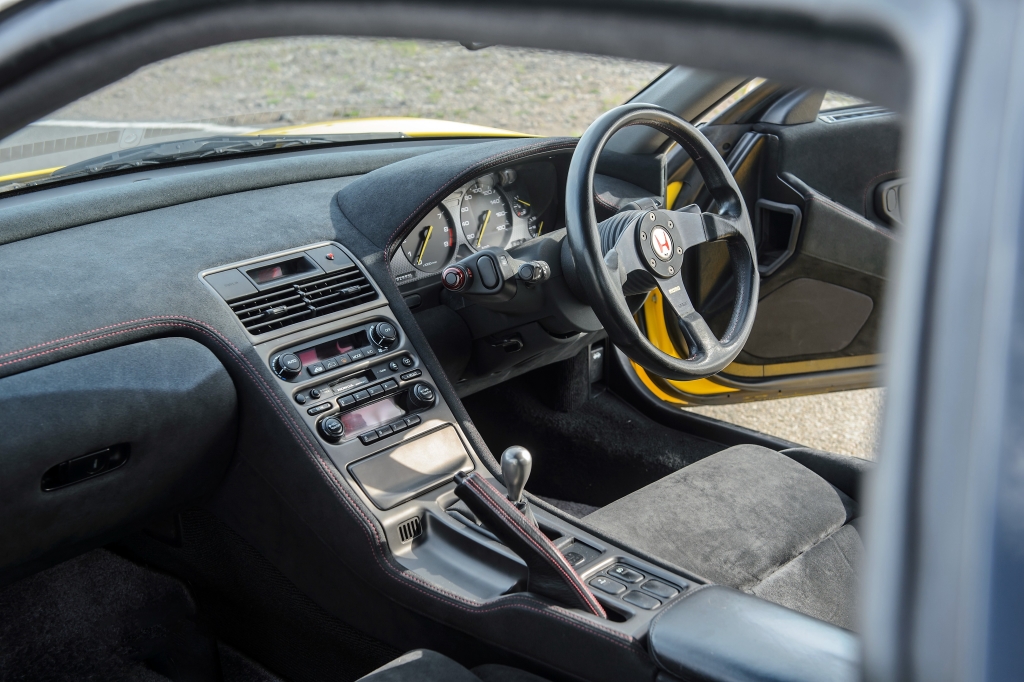
Because of the NSX’s mid-engine design and rear-end link travel, it was sometimes prone to unexpected oversteer. On race courses, where speeds were higher, this was considerably more common compared to driving on city streets. By putting an aluminum bracket behind the front battery tray and another one in front of the front radiator to increase the chassis rigidity, Honda solved this issue and enhanced the NSX-R’s cornering stability at the limit. Then, stiffer suspension bushings, a stiffer front sway bar, stiffer dampers, and stiffer coil springs were used to replace the regular suspension system.
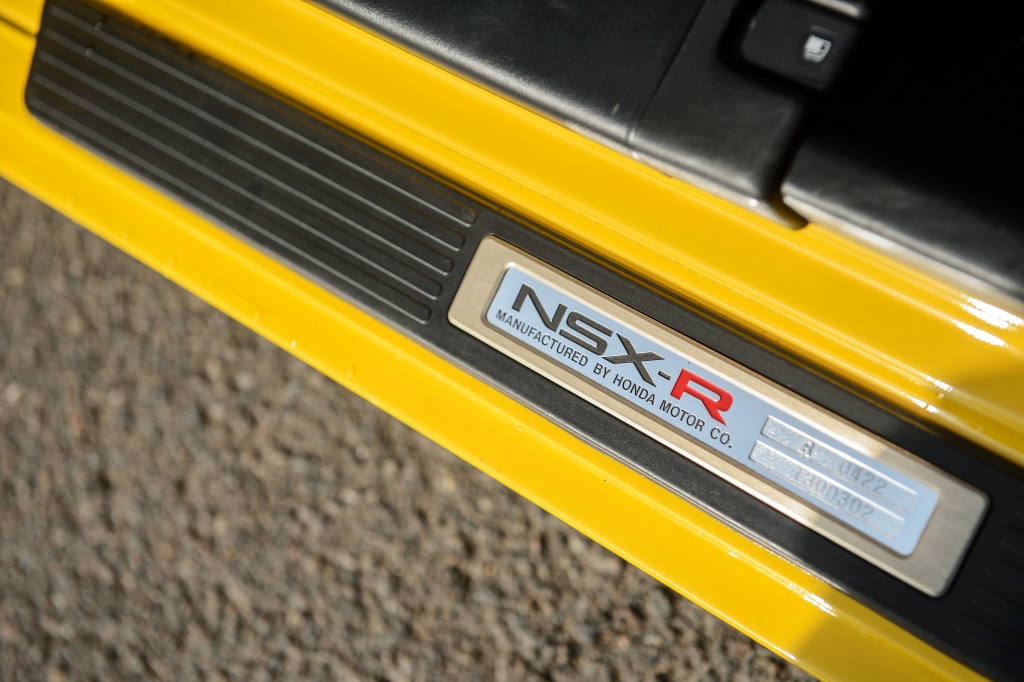
The NSX-R’s shift points were moved closer together by Honda, which increased acceleration at the expense of peak speed. A higher (percentage) locking limited-slip differential was also added, and the crankshaft assembly for the 3.0L DOHC VTEC V6 engine was balanced and designed according to specifications. Honda’s racing engines go through the exact same high-precision process.
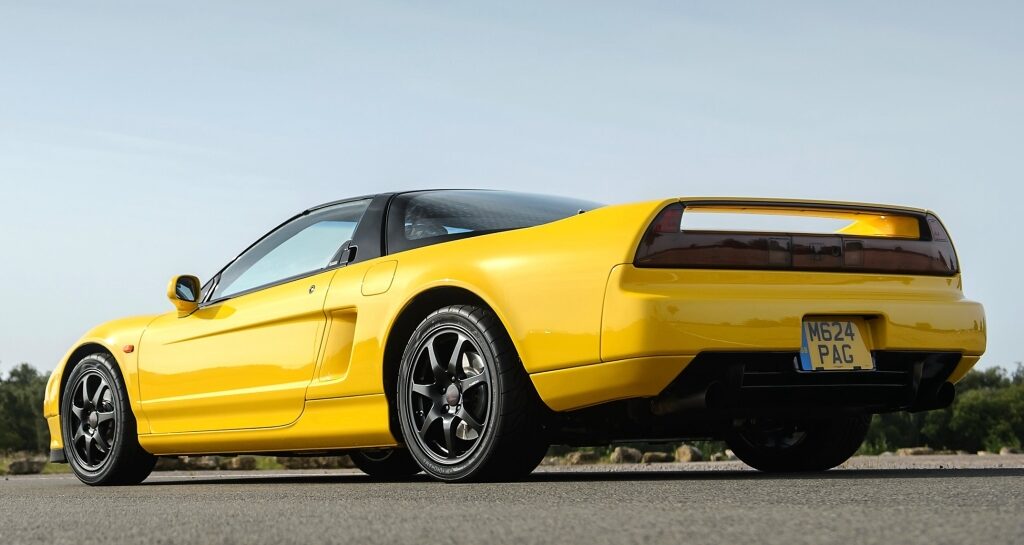
All up, Honda produced 483 NSX-R NA1 models, with manufacturing completed in September 1995, all of which were sold only in Japan. Air conditioning, a Bose audio, a center console with door trim made of carbon fiber, and starting in 1994, larger (16-inch front wheels and 17-inch rear wheels) in Championship White paint were optional upgrades.
Honda NSX-T
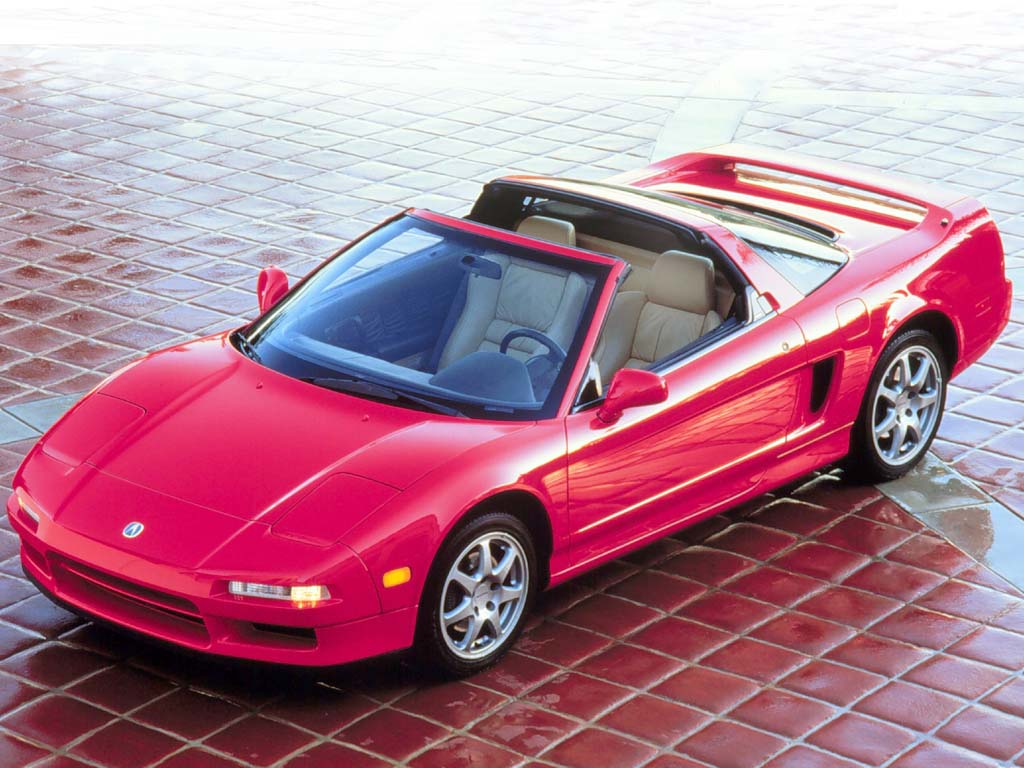
Starting in 1995, the NSX-T was available in North America and Japan as a special order option with a detachable Targo-style roof. Honda had to add around 45 kg of structural reinforcements to make up for the diminished chassis rigidity caused by the removable roof. These additions included much larger frame side sill rocker panels, bulkheads, roof pillars, new front/rear bulkheads, and floor-pan cross members.
1997 Upgrades
Honda significantly improved NSX’s performance in 1997. By employing a thinner fiber-reinforced metal cylinder liner, the engine’s displacement was increased from 3.0 L to 3.2 L. Honda made modifications to the exhaust manifold, replacing the cast-iron header pipes with stainless steel ones for better performance and lighter construction.
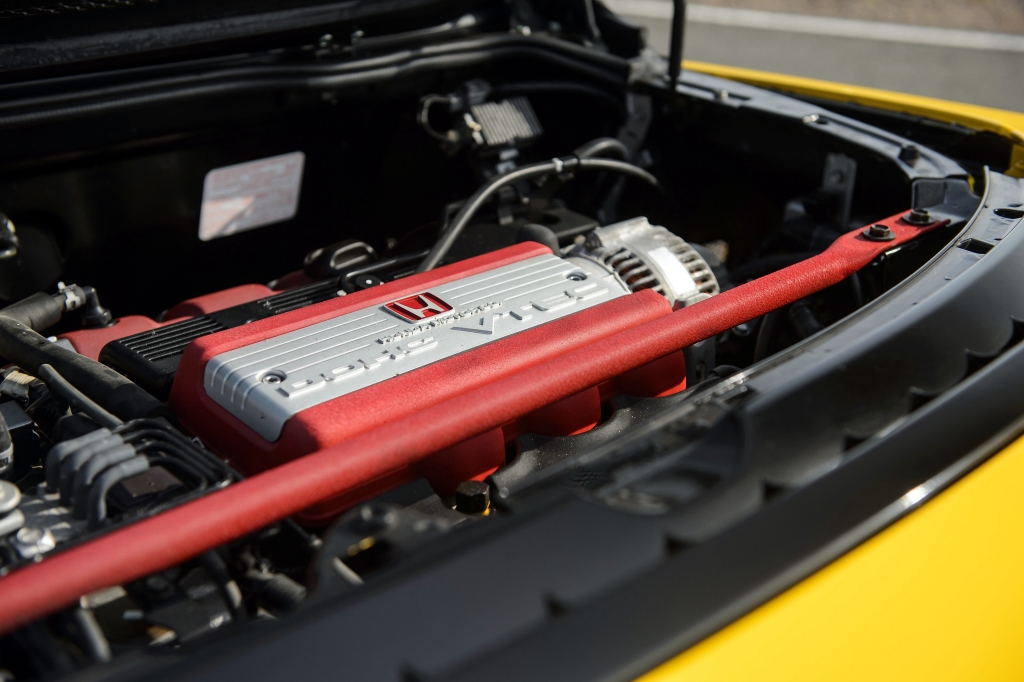
The redesigned configuration’s improved flow was a major factor in the new engine’s 20 more horsepower output. Power had increased from 270hp and 285Nm to 290hp and 305Nm. The addition of a 6-speed manual gearbox was a significant change as well. With more power, the NSX could accelerate from 0 to 100 km/h in 4.5 to 4.8 seconds, depending on the variant.
NSX-S and NSX-S Zero
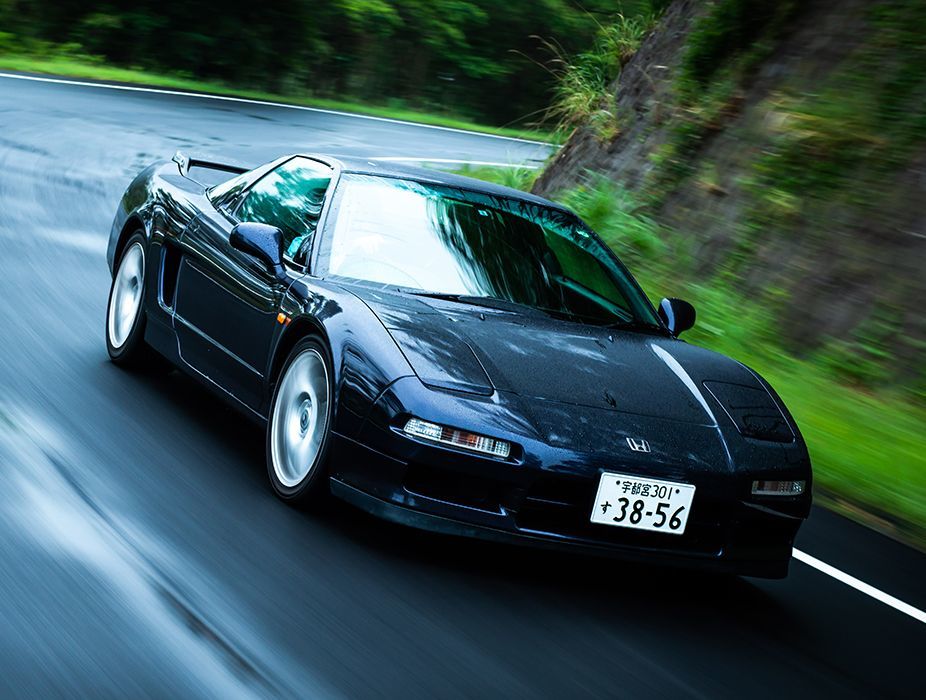
The NSX Type S and NSX Type S-Zero, which were only available in Japan and weighed 1,320 kg and 1,270 kg respectively, were also released in 1997 boasting an improved performance. The two vehicles shared a mesh engine cover (like the Type R), a colored roof, a MOMO steering wheel, full buckets of Recaro carbon-kevlar Alcantara, and leather seats. Like the normal NSX, they also had stronger suspensions.
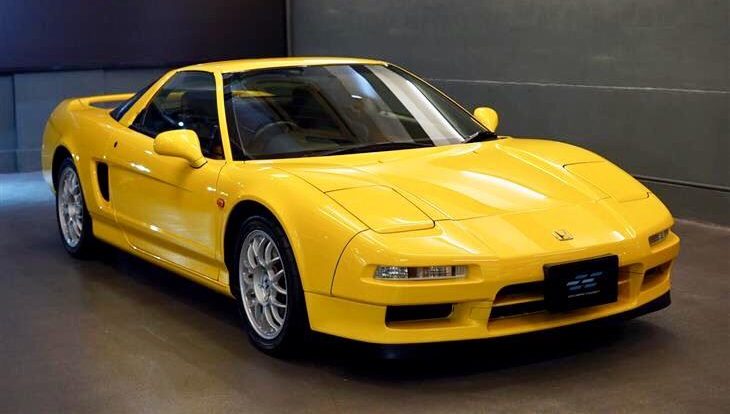
The Z-Zero is more circuit-oriented than the Type S and uses the stronger suspension of the NA1 Type R while keeping the larger rear sway bar. Additionally lacking from the S-Zero were navigation, cruise control, audio, power door locks, airbags, air conditioning, traction control, power steering, and fog lights. Honda developed a new lead-acid battery and cut the thickness of the glass used to separate the engine compartment from the cabin in order to lighten the vehicle. For the S-Zero, the majority of the sound deadening was also removed, and the manual shifter boot’s leather material was replaced with mesh. As a result, the car was 50 kg lighter than the Type S.
1999 NSX “Alex Zanardi” Edition
The Alex Zanardi edition, which was only made for the United States, debuted in 1999 to honor Alex Zanardi’s two consecutive CART Champ Car championship victories for Honda / Acura in 1997 and 1998. There were only 50 made, and the only color option was New Formula Red to match the Champ Car Zanardi raced for Chip Ganassi Racing.
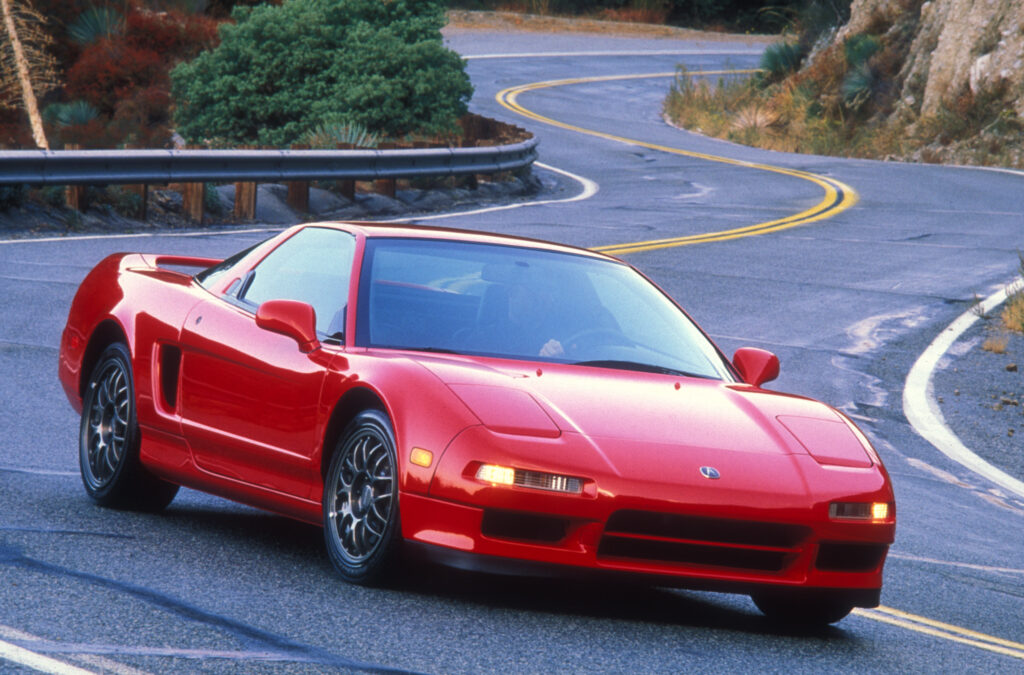
The NSX Zanardi edition was essentially the same as the Type S, with the exception of a left-hand drive configuration, black leather and suede seats with red stitching, an Acura steering wheel with airbags, and a brushed-aluminum plaque with an engraved Acura emblem.
2002 NSX Facelift (NA2)
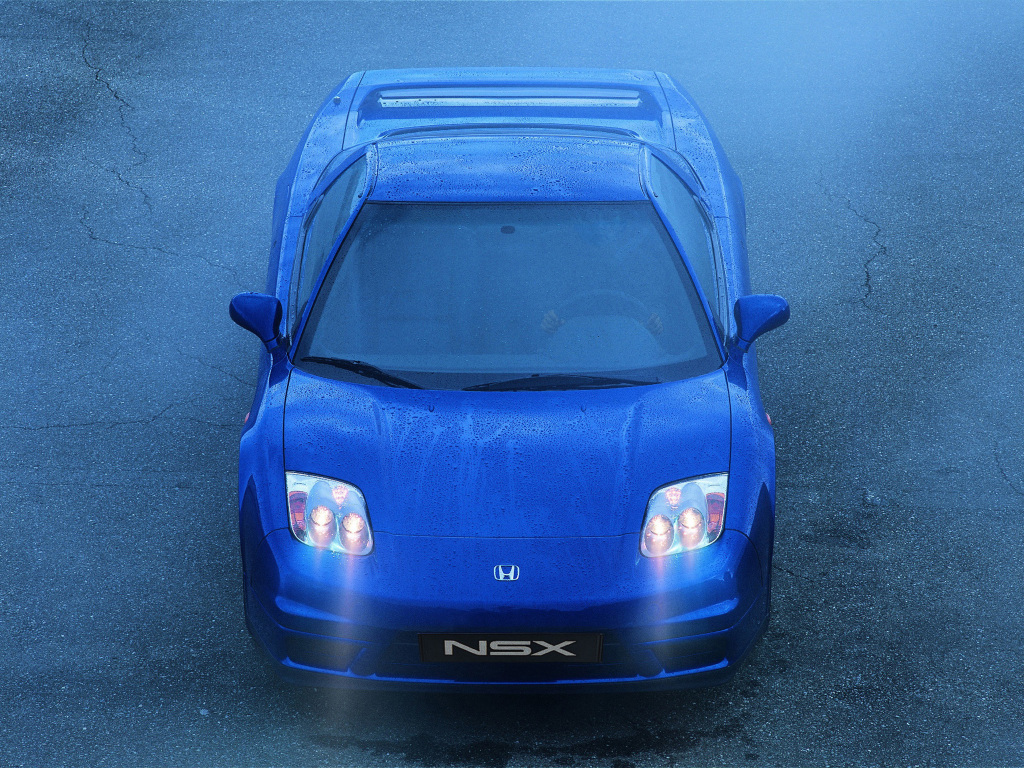
The NSX was starting to age by the early 2000s. Since the car’s design and aesthetics hadn’t altered in ten years, Honda thought it was time to show some love to its flagship model. Honda made some modest changes to the body design in December 2001 while also replacing the iconic pop-up headlights with fixed xenon HID headlamp components.
Related: Remembering the Fascinating Pop-up Headlights
To go along with a modified suspension arrangement, the breadth of the rear tires was significantly increased. The diameter of the rear stabilizer bar was enlarged from 17.5 mm to 19.1 mm with a wall thickness of 2.3 mm, and the front spring rates were raised from 3.2 kg/m to 3.5 kg/m and the rear spring rates from 3.8 kg/m to 4.0 kg/m.
Honda NSX-R NA2
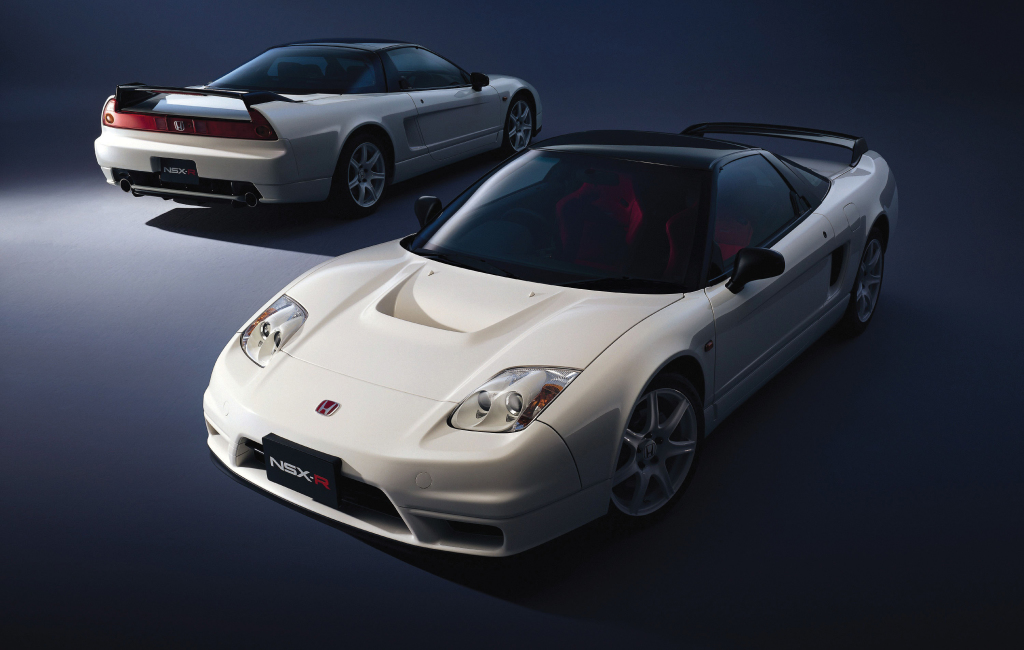
In 2002, the NSX-R’s second generation, which was based on the NA2 NSX that had undergone a facelift, was introduced. Once again, this was only available in Japan, and Honda’s main goal was to create a lightweight, no-compromise racer for the road. To save weight, carbon fiber was widely employed throughout the body, including the spoiler, hood, and deck lid. The chassis was based on the hard-top NSX.
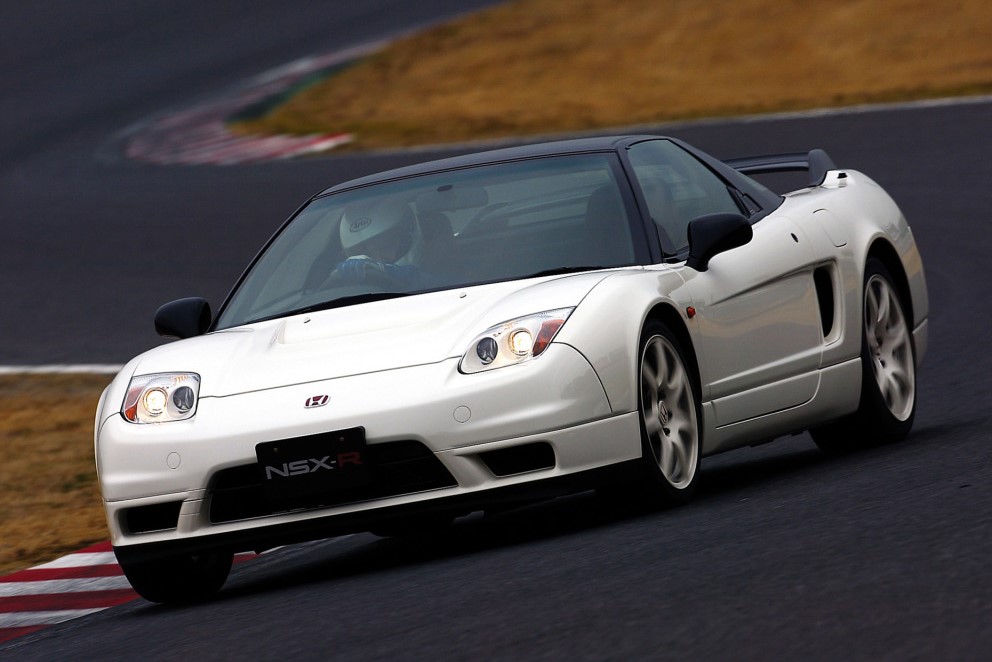
Honda applied the same weight-saving strategies employed in the original NSX-R, including removing the sound deadening, audio system, and air conditioning. Recaro carbon-kevlar racing seats were added, and the power steering was also deleted. Additionally, lighter wheels were used, bringing the whole weight down by about 100 kg.
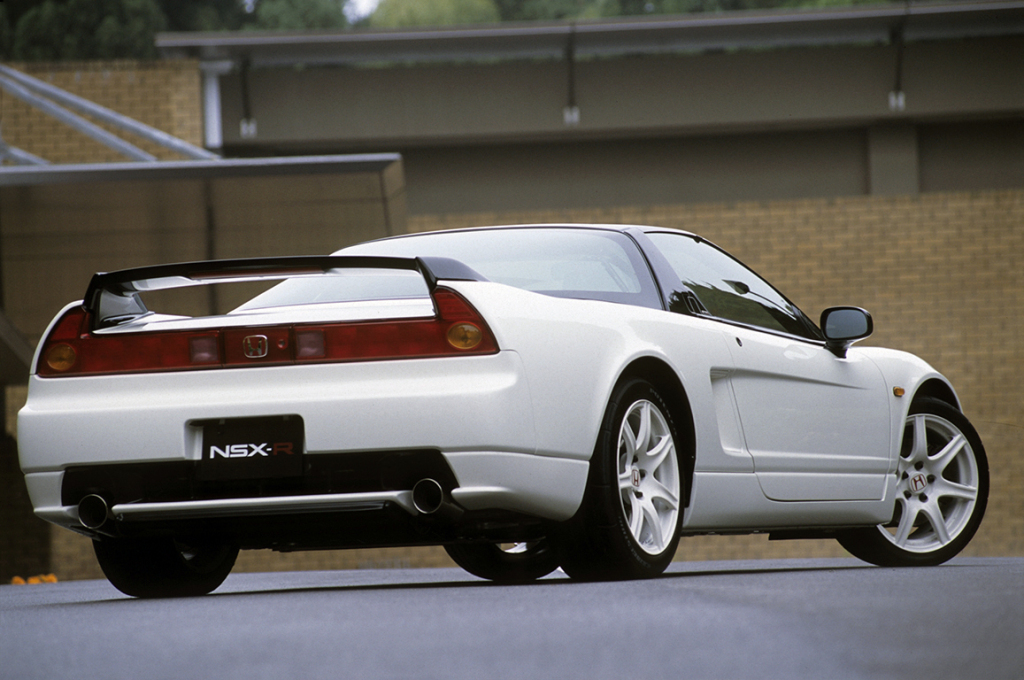
Honda’s engineers focused on the 3.2-liter DOHC V6 engine in addition to making alterations to the body for the NSX-R. The spinning assembly of the engine was balanced to a level of accuracy 10 times greater than that of a regular NSX engine, and each component was precision machined to a very small tolerance. This led to an engine that was freer to rev and had improved throttle response. Despite these modifications, Honda continued to claim that the NSX-R engine produced the same amount of power (290 hp) as the NA2 NSX standard; yet, many automotive journalists thought the NSX-R NA2 produced more.
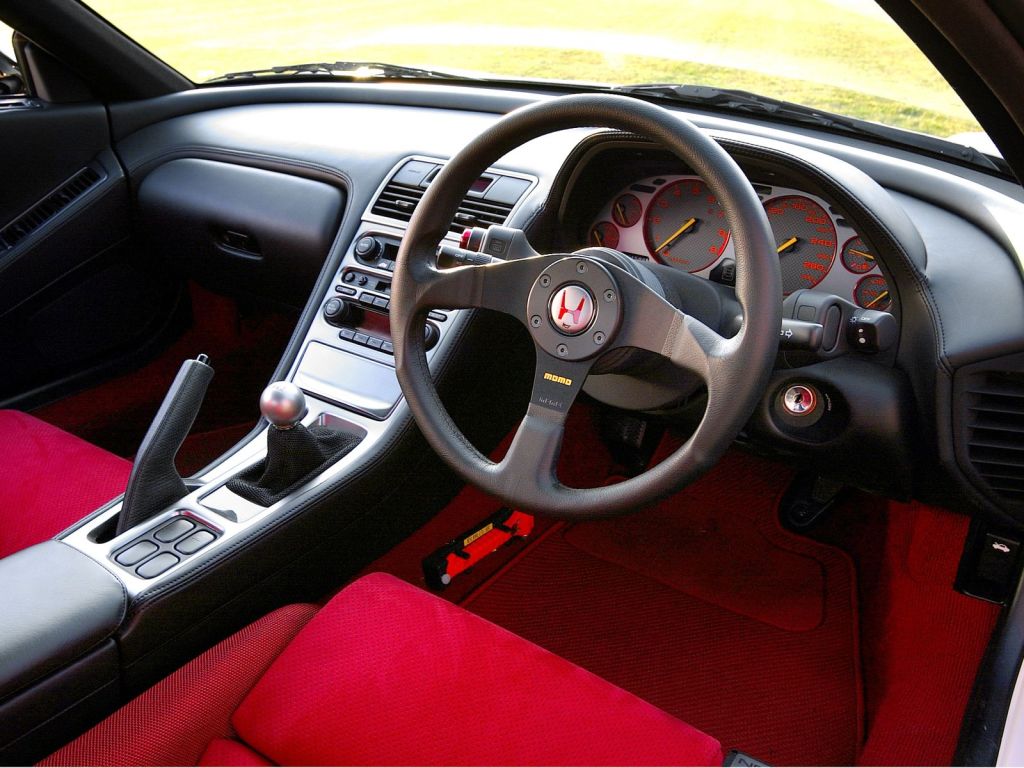
Although the NSX-R was built on a design that was 15 years old, the modifications made allowed it to compete with the newest sports cars of the time. For instance, Japanese racer and test driver Motoharu Kurosawa completed the Nurburgring road circuit in a 2002 NSX-R in 7:56, which is on par with the F360 Challenge Stradale. Despite being over 100 horsepower short of the Ferrari, the NSX-R was nevertheless able to do this.
Honda NSX-R GT
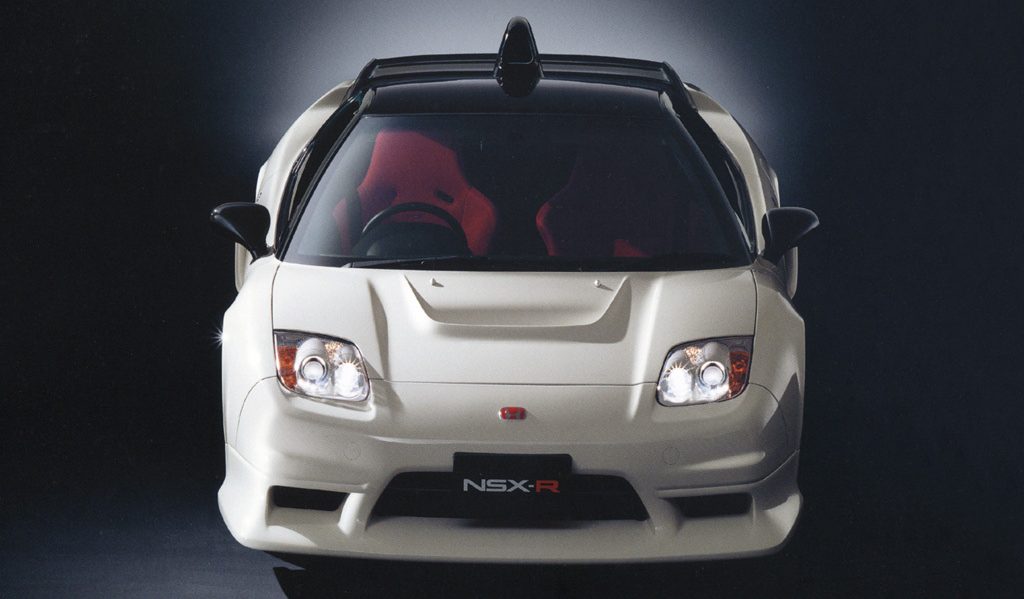
For Japanese Super GT production-based race car homologation standards, Honda decided to produce an even more extreme version of the NSX after the NSX-R was released. The NSX-R GT was only produced in five distinct units, and it is unclear how it differs from the NSX-R. One obvious modification was the addition of a snorkel that was mounted to the car’s roof but was inoperable. However, this snorkel is completely functional in the JGTC NSX race cars, sending outside air to a specific throttle body intake plenum. A broader body, a more aggressive aerodynamic package, and more weight savings over the original NSX-R were among the other improvements. Honda never explained the modifications it made to the 3.2-liter DOHC V6 in the NSX-R GT.
NSX Super GT
Honda significantly altered the NSX for Super GT. Dome, a Japanese-based racing car builder, designed the chassis, and Mugen, a Japanese engine tuner and components maker, modified the engine.
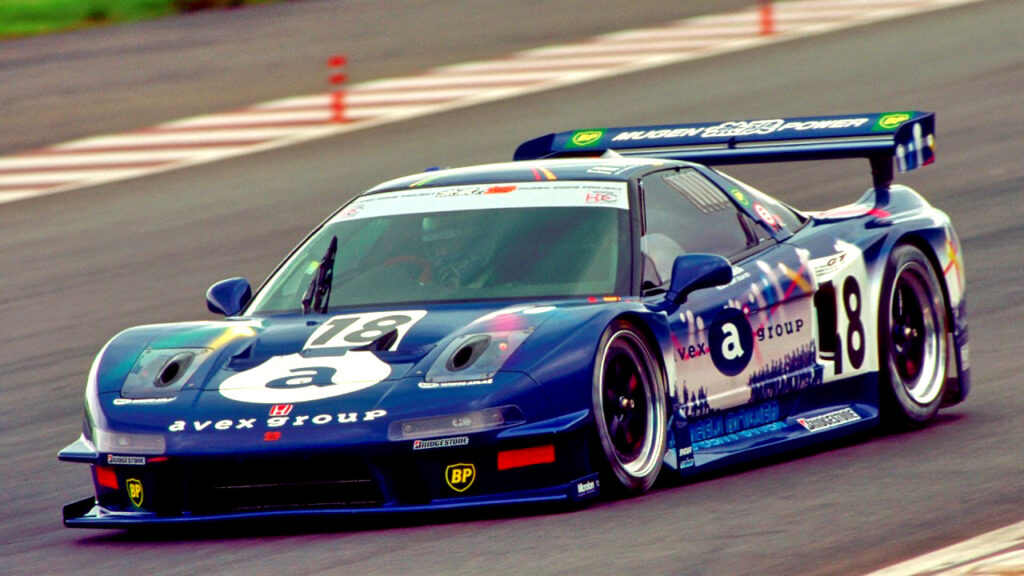
Due to the need of boosting aerodynamic downforce within the regulations, further modifications to the NSX’s body shape were undertaken following each race and season. The placement of the V6 engine, which is positioned longitudinally rather than transversely as in the road car, is the most noticeable alteration. A driveshaft connects the gearbox, which is housed in the middle tunnel under the cockpit, to the rear differential. Depending on the class and regulations, they might be operated either naturally aspirated or with a turbocharger.
Related: Remembering the 6th Gen Mitsubishi Galant VR-4
The NSX GT’s engine was a modified version of the C32B V6. The 3.5L engine’s peak power was close to 500 horsepower. At the beginning of 2003, the turbocharged C30A took the place of the C32B and generated nearly the same horsepower.
LeMans and Mugen RR Concept
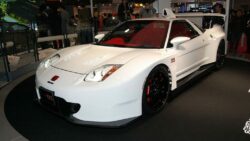
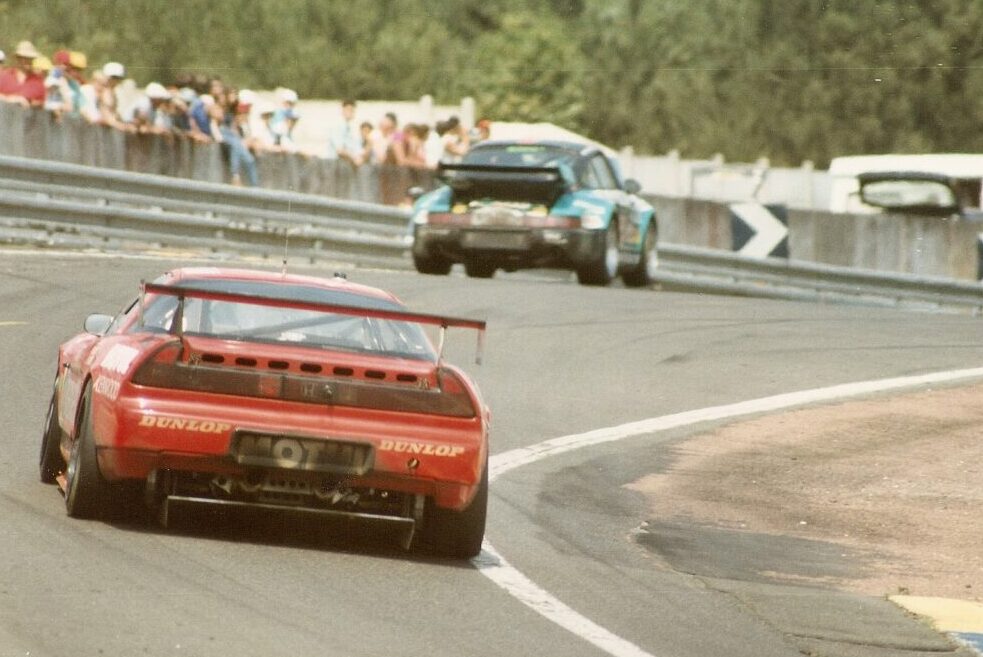
The End of Production
No matter how cutting-edge they were at the time, all wonderful things eventually become dated, and the NSX was no exception. Due to weakening sales, the production of the Honda NSX ceased in 2005. The Super GT NSX and the Mugen RR concept cars are only two examples of how the NSX continued to exist after production had stopped.
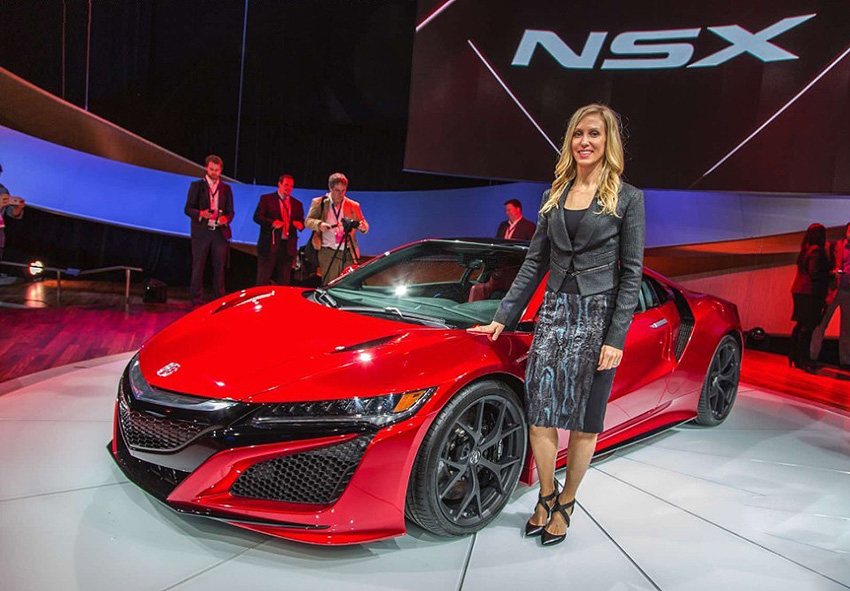
Although Honda resurrected the NSX as a second-generation model at the 2015 Detroit Auto Show, it just can’t match the legacy of the iconic NSX– the original one from the late 1980s, which saw its prime during the 90s and survived till 2005. Without a doubt, the NSX (1989-2005) will be remembered as one of the best automobiles ever produced by Honda.

A computer animation professional with over 23 years of industry experience having served in leading organizations, TV channels & production facilities in Pakistan. An avid car enthusiast and petrolhead with an affection to deliver quality content to help shape opinions. Formerly written for PakWheels as well as major publications including Dawn. Founder of CarSpiritPK.com

